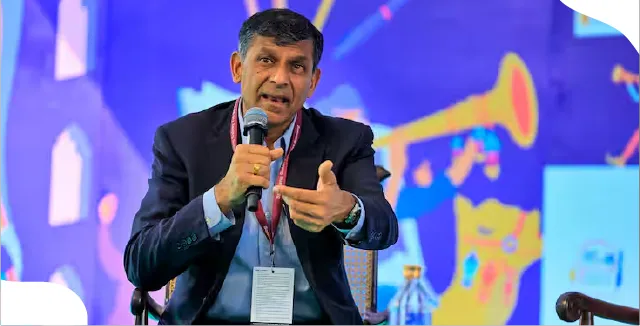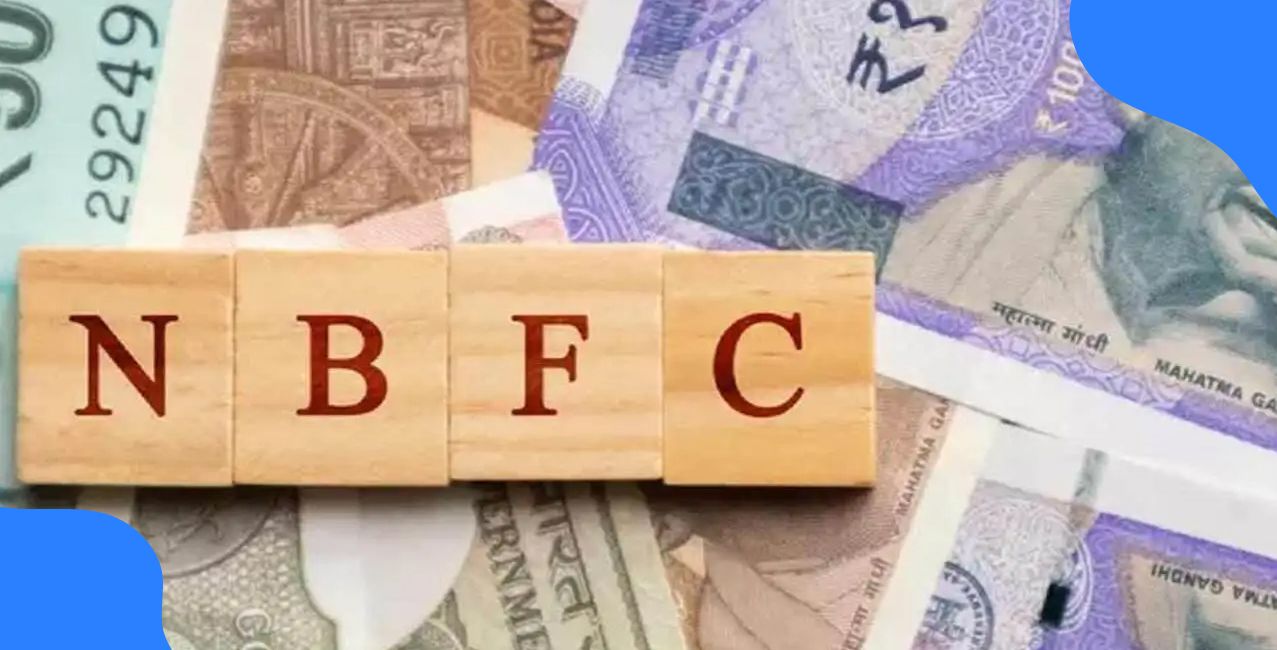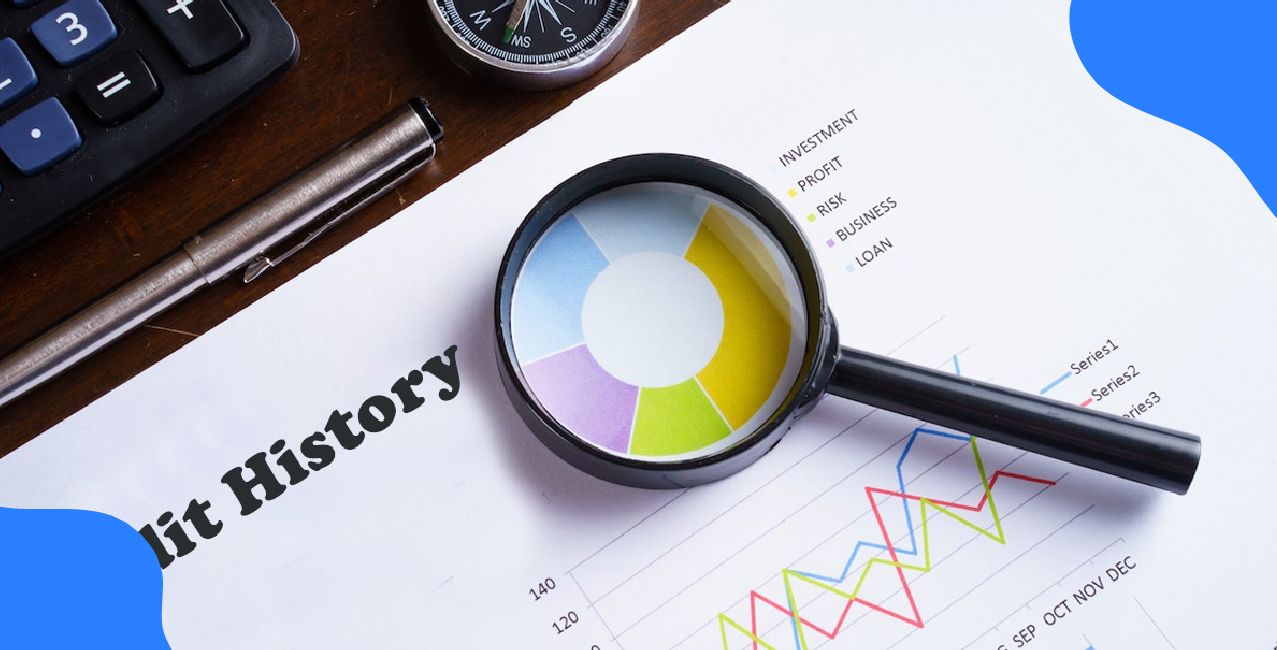
Author
LoansJagat Team
Read Time
4 Min
24 Jul 2025
Raghuram Rajan Urges Finance Commission to Focus on Strengthening Local Governance Bodies
Economist warns poor local governance is slowing India's progress
Can a country truly grow when its villages and towns don’t have the money or people to run basic services? That’s the question former RBI Governor Raghuram Rajan asked in July 2025, as he called on the 16th Finance Commission to seriously rethink how public money is shared in India.
At a public event, Rajan said it’s not enough to send funds just to state governments. The real test of decentralisation, he argued, is whether local bodies like gram panchayats and municipalities, the ones closest to the people, have enough money, staff, and power to deliver essential services like clean water, working roads, and waste collection.
The Weakest Link in India's Governance
Across much of India, local governments are struggling. They often don’t have enough funds or trained employees to handle even basic tasks. In fact, when compared to countries like China or the United States, India has far fewer public workers at the local level. Those countries give their cities and towns not just money, but also the power and people needed to use it effectively.
Rajan explained that this problem comes from a broken system. While the central government gives 41% of its tax revenue to the states, it’s entirely up to each state to decide how much, if anything, they give to local bodies. There are no clear rules, and in most cases, the local level gets what’s left over or nothing at all.
Grants to Local Bodies under the 14th Finance Commission (2015–2020)
To understand why this matters, it's important to look at how much money is actually going to the grassroots.
These figures, drawn from the Fourteenth Finance Commission report, show that just ₹488 was made available per person per year during this period for critical local services. This money was supposed to help panchayats and municipalities meet essential needs like sanitation, roads, and street lighting. But without clear guidelines or timely release of funds, the effect on the ground has remained patchy.
Trends in Devolution to Rural Local Bodies
According to a Ministry of Panchayati Raj bulletin, the share of total financial transfers going to rural local bodies rose slightly over the last decade.
However, these small gains are not enough. In fact, the same report shows that between 2017 and 2022, the average own-source revenue raised by panchayats was just ₹59 per capita. That amount cannot cover even basic administrative expenses.
This raises concerns about the capacity of local institutions to function independently. Rajan said that giving more funds without also improving staffing levels and clear responsibilities will not solve the problem.
Kerala’s Decentralisation Model
Kerala is one of the few states that follows a structured formula to fund local bodies. Every year, a portion of the state's own tax revenue is distributed to local governments under three categories: general, maintenance, and development.
This model is non-discretionary, meaning the money must be released based on a fixed formula, not political preferences.
As per the 2023–24 data, local bodies in Kerala received nearly ₹8,258 crore, accounting for around 27 per cent of the state’s annual plan outlay. Rajan cited this example to argue for more states to follow similar transparent systems that ensure predictability in fund flows.
Central Tax Sharing with States
The 16th Finance Commission, which began work earlier in 2025, is expected to submit its recommendations in 2026. It comes at a time when both Centre–State financial relations and grassroots capacity are under public scrutiny.
In the past, the Centre retained close to 59 per cent of the total taxes, with the rest shared with states. But what happens beyond that point, how much of the state's share reaches the panchayats or municipalities, is still unclear and unregulated.
What Lies Ahead
Raghuram Rajan’s message is catching attention because he’s talking about something that often gets overlooked: how the government works at the very bottom, where people actually live. While big announcements and flashy schemes grab headlines, Rajan is asking a basic but powerful question: Are our local bodies strong enough to do their job?
He says the focus should be on getting the basics right, giving local governments enough money, hiring trained staff, and setting clear rules. Without these, even the best policies can fall flat.
As the 16th Finance Commission continues its work, it will have to face a tough but important truth: India’s future cannot stand on weak local systems. If villages and towns are broken, no national plan will reach its full potential.
The choice is now in the hands of those in power. Will they fix the foundation, or keep building on shaky ground?
About the Author

LoansJagat Team
‘Simplify Finance for Everyone.’ This is the common goal of our team, as we try to explain any topic with relatable examples. From personal to business finance, managing EMIs to becoming debt-free, we do extensive research on each and every parameter, so you don’t have to. Scroll up and have a look at what 15+ years of experience in the BFSI sector looks like.

Quick Apply Loan
Subscribe Now
Related Blog Post

LoansJagat Team • 11 Dec 2025

LoansJagat Team • 11 Dec 2025

LoansJagat Team • 12 Dec 2025